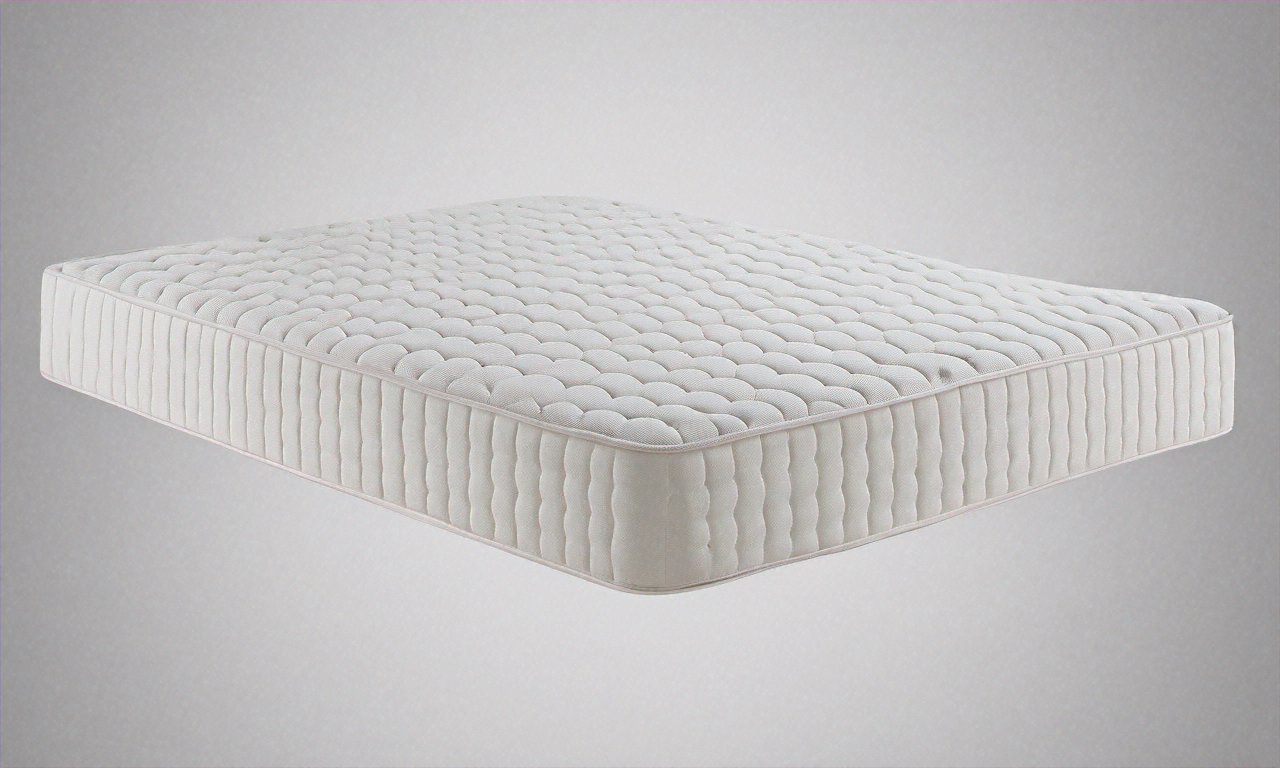Strengthening Cyber Defenses in the Age of Constant Threats
Artificial intelligence, cloud adoption, and remote work have transformed the way we do business—and the way attackers strike. Traditional security models are no longer enough to withstand modern threats. In this article, we dive into the future of cybersecurity, highlighting new defense strategies, emerging technologies, and the role of continuous monitoring in safeguarding critical assets

With cyber threats evolving at an unprecedented pace, organizations face new challenges
The cybersecurity landscape has transformed dramatically in recent years, with threats becoming more sophisticated, persistent, and damaging. Modern organizations face a multi-faceted challenge: ransomware attacks that can cripple operations, zero-day vulnerabilities that provide attackers with previously unknown entry points, and advanced persistent threats (APTs) that can remain undetected within networks for months. The financial services sector alone saw a 238% increase in cyberattacks in 2020, while healthcare organizations became prime targets during the pandemic with attacks rising by 71%.
This rapid evolution of threats is compounded by the expanding digital footprint of most organizations. Cloud migration, remote work arrangements, and the proliferation of Internet of Things (IoT) devices have created complex, hybrid environments that traditional security approaches struggle to protect adequately. With each new digital initiative, the potential attack surface grows, requiring security teams to monitor and defend an increasingly diverse technological ecosystem.
To stay ahead of threats, organizations must adopt a proactive approach
Moving beyond reactive security measures has become imperative in today’s threat landscape. Organizations that maintain solely defensive postures find themselves perpetually catching up to adversaries. A proactive cybersecurity strategy focuses on threat hunting, continuous monitoring, and anticipating potential vulnerabilities before they can be exploited.
This approach begins with comprehensive asset discovery and management—organizations cannot protect what they don’t know exists. Regular vulnerability assessments and penetration testing help identify weaknesses before attackers can exploit them. Advanced threat intelligence platforms provide early warning of emerging threats targeting specific industries or technologies. By implementing security by design in all digital initiatives, organizations build resilience from the ground up rather than retrofitting security measures after deployment.
Equally important is the shift toward zero trust architecture, which operates on the principle that no user or system should be inherently trusted, regardless of their location relative to the network perimeter. This model requires continuous verification of identity and privileges, significantly reducing the risk of lateral movement by attackers who manage to breach perimeter defenses.
The future of cybersecurity depends on collaboration & innovation
No organization can effectively combat today’s cyber threats in isolation. The future of robust cybersecurity lies in collaborative defense models that span organizational boundaries, industries, and even national borders. Information Sharing and Analysis Centers (ISACs) have emerged across various sectors, allowing organizations to share threat intelligence, attack patterns, and defensive strategies in near real-time. These collaborative frameworks provide early warning systems that benefit entire industries rather than individual entities.
Technological innovation continues to reshape cybersecurity capabilities. Machine learning and artificial intelligence now power security tools that can analyze vast datasets to identify anomalous behaviors that might indicate a breach. These systems continuously learn from new attack patterns, improving their detection capabilities over time. Meanwhile, blockchain technology offers promising applications for securing supply chains and establishing immutable audit trails that can verify the integrity of critical systems and data.
Research partnerships between academia, industry, and government agencies drive fundamental advances in security technologies. These collaborations are particularly important in addressing emerging threats in quantum computing, which could potentially undermine current encryption standards, and in developing new cryptographic approaches that can withstand quantum attacks.
Building a culture of security requires organization-wide commitment
Technical defenses alone cannot protect an organization when human behavior remains the most exploitable vulnerability. Social engineering attacks continue to be remarkably effective, with phishing campaigns accounting for more than 80% of security incidents in some industries. Building a resilient cybersecurity posture requires cultivating a security-conscious culture throughout the organization.
This cultural transformation begins with leadership commitment and clear communication about security expectations. Regular training programs must move beyond compliance checkboxes to engage employees with relevant, scenario-based learning that reflects real-world threats they might encounter. Security awareness needs to be reinforced through practical exercises like simulated phishing campaigns that provide immediate feedback and learning opportunities.
Organizations with mature security cultures integrate security considerations into job functions across departments. They recognize and reward security-conscious behaviors rather than focusing solely on punitive measures for mistakes. They maintain open communication channels where employees feel comfortable reporting potential incidents or concerns without fear of blame. Most importantly, they view security as a shared responsibility rather than the exclusive domain of IT or security teams.
Comprehensive cybersecurity frameworks provide structured approaches
Organizations seeking to strengthen their cyber defenses benefit from established frameworks that provide structured, systematic approaches to security governance. The National Institute of Standards and Technology (NIST) Cybersecurity Framework offers a flexible set of guidelines organized around five core functions: Identify, Protect, Detect, Respond, and Recover. This provides organizations with a common language and methodology for assessing and improving their security posture.
Other valuable frameworks include the ISO 27001 standard, which focuses on information security management systems, and industry-specific frameworks like the Health Insurance Portability and Accountability Act (HIPAA) for healthcare organizations or the Payment Card Industry Data Security Standard (PCI DSS) for entities handling payment card information. These frameworks help organizations establish comprehensive security programs that address governance, technical controls, and operational procedures.
By adopting and adapting these frameworks to their specific needs, organizations can ensure they take a holistic approach to cybersecurity that addresses the full spectrum of risks they face. Regular assessments against these frameworks also provide measurable benchmarks for security maturation over time.
Conclusion
As cyber threats continue to evolve in sophistication and impact, organizations must develop dynamic, layered defense strategies that combine technology, processes, and people. Strengthening cyber defenses requires viewing security as a continuous journey rather than a destination—one that demands ongoing attention, investment, and adaptation. By embracing proactive approaches, fostering collaboration, building security-conscious cultures, and leveraging established frameworks, organizations can develop the resilience needed to withstand the challenges of today’s threat landscape while preparing for tomorrow’s emerging risks.




